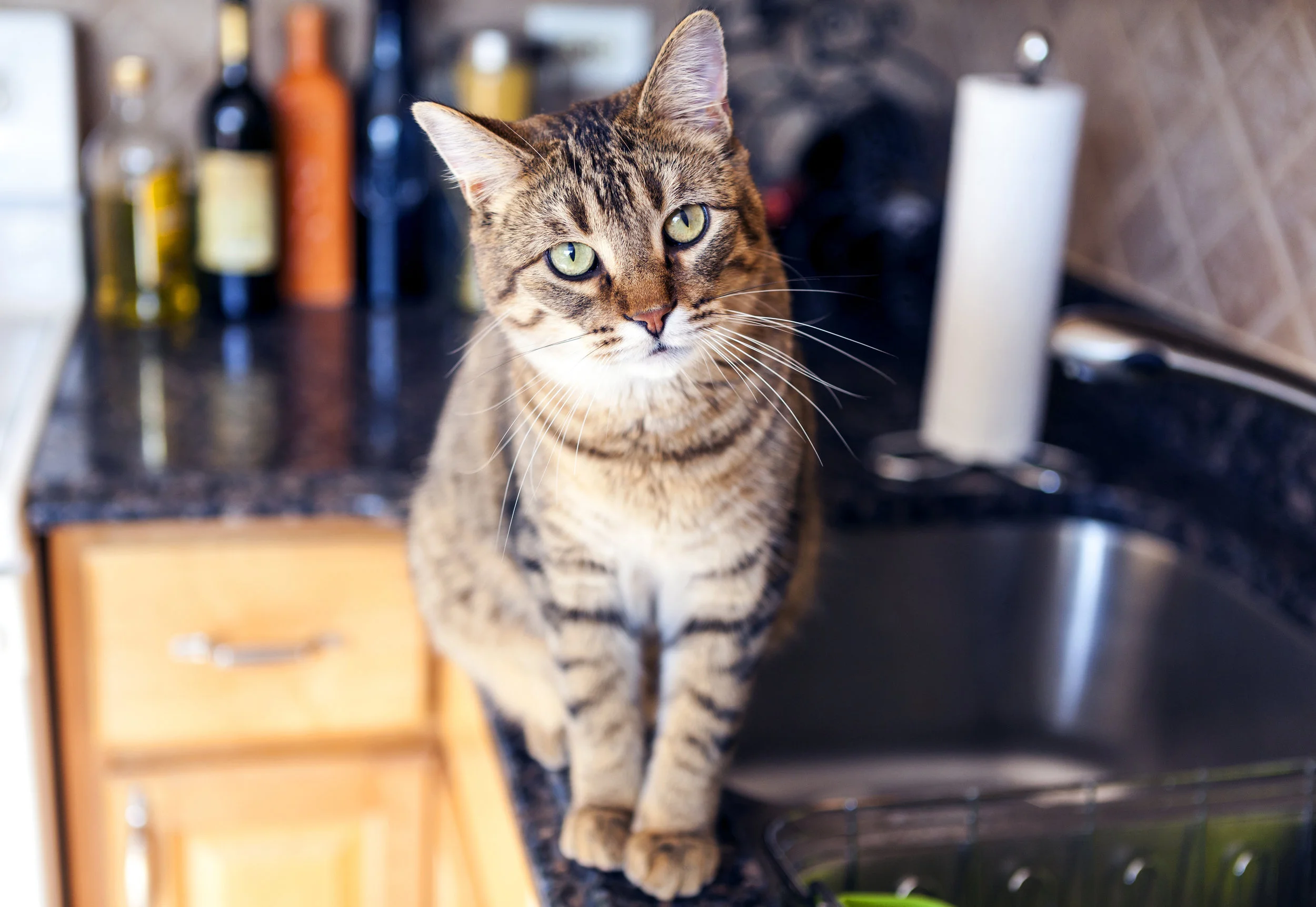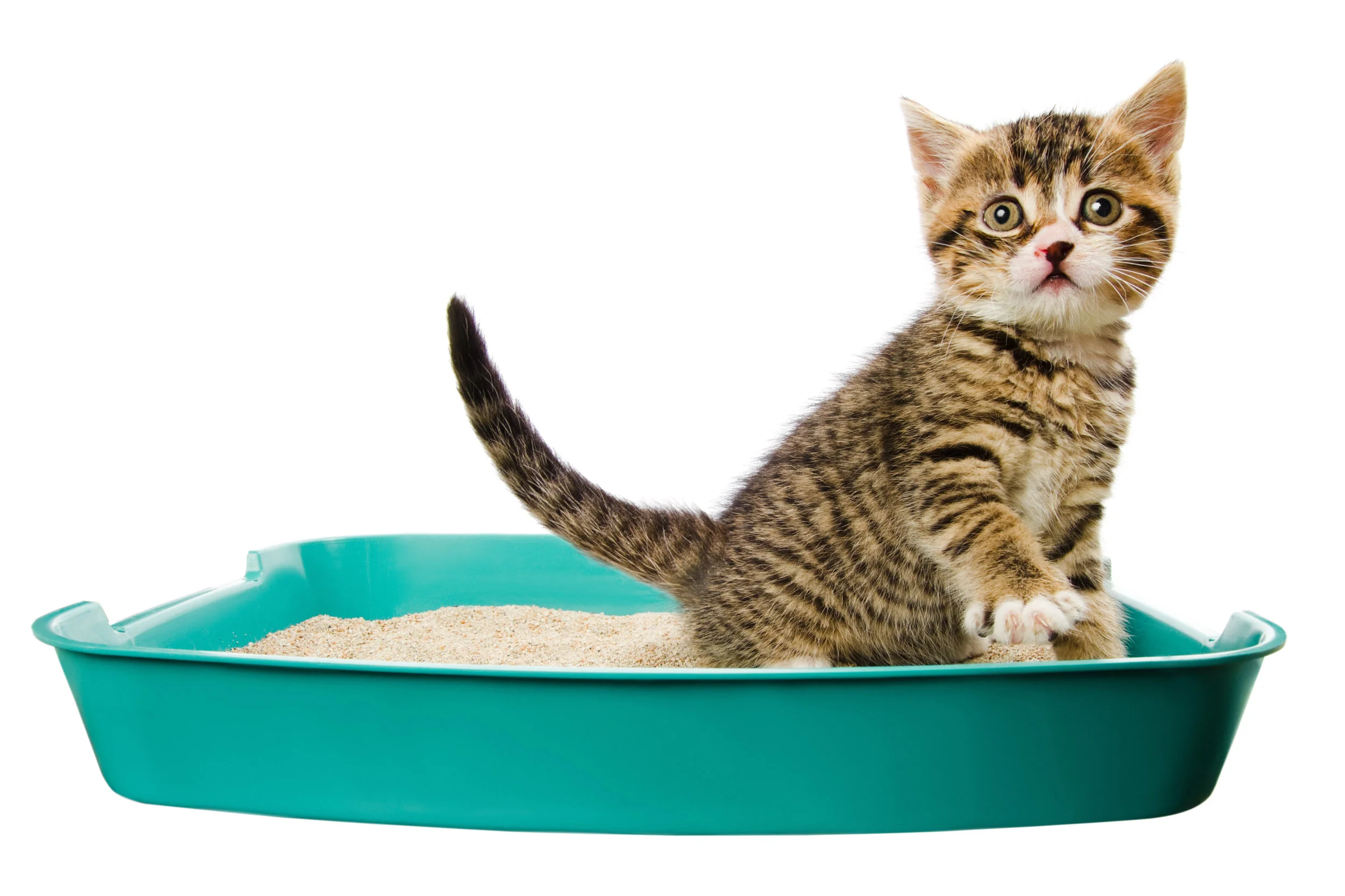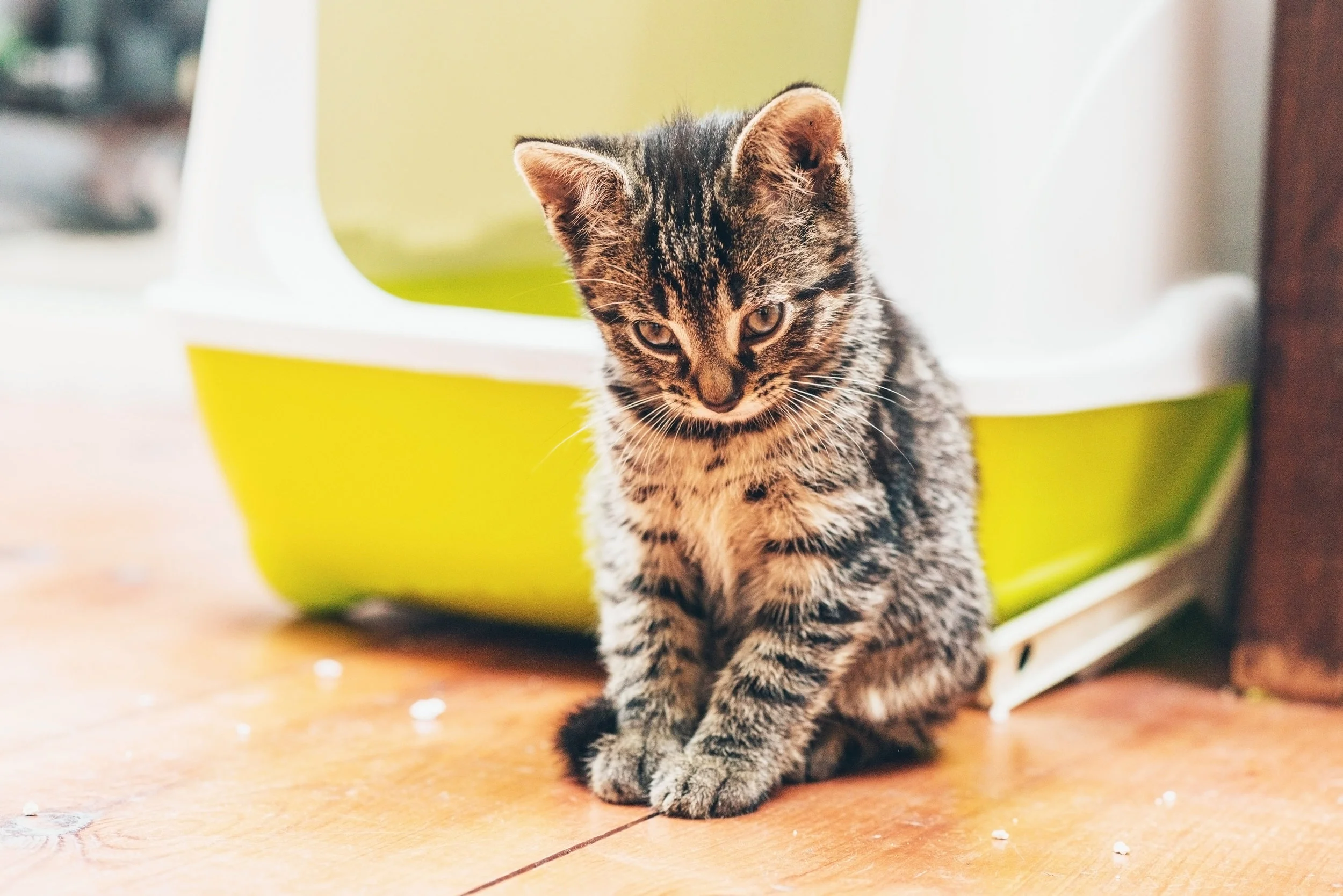- Regular brushing can help keep your cat’s skin and haircoat healthy.
- Groom your cat when he or she is relaxed, and start with short sessions.
- Try to make grooming a pleasant experience for your cat. If your cat seems uncomfortable with being groomed, stop.
- Ask your veterinarian about the best way to care for your cat’s nails and teeth.
Grooming Basics
Cats are known for grooming themselves, but a little help is never wasted. Regular brushing can help keep your cat’s skin and haircoat healthy and can be another way to strengthen the relationship between you and your pet.
If you and your cat are new to grooming, start slow. Choose a time when your cat is relaxed, and keep sessions short (5 to 10 minutes). Give your cat plenty of petting and praise (and perhaps a treat) for good behavior. As you pet your cat, try to handle all parts of his or her body, including the feet, so that your cat becomes used to this activity. If at any time your cat seems uncomfortable with being handled or groomed, stop.
Brushing Your Cat
Brushing your cat helps to remove dirt and loose, dead hair and to prevent mats and tangles. How often you need to brush your cat depends on the length and thickness of his or her hair. Long-haired cats, like Persians, may need to be brushed daily. Short-haired cats may need brushing only weekly. By brushing your cat regularly, you will learn how often he or she needs to be brushed to keep his or her coat clean and tangle-free.
Regular brushing also helps reduce the amount of hair your cat swallows during grooming, which should lead to fewer hairballs.
There are several types of brushes and combs, including:
- Bristle brushes: Although these brushes can be used on all types of haircoats, the density, length, and stiffness of the bristles affect how well a specific brush works on a specific coat. Longer coats need longer, less dense bristles, and coarser coats need stiffer bristles.
- Wire-pin brushes: These brushes work best on medium to long, dense coats.
- Slicker brushes: These brushes have angled wire bristles. They can be used on all types of coats, and they help remove mats and tangles and make the haircoat look shiny.
- Undercoat rakes: These combs are useful for cats with double coats. They help thin out the undercoat, especially in the summer.
If you find a mat in your cat’s hair, do not pull on it. Pulling will be painful for your cat, and he or she will not want to be brushed again. Also, do not try to cut mats out—you may end up accidentally cutting yourself or your cat. Special brushes and combs are available to help split and remove mats; alternatively, consult your veterinarian or a reliable groomer. Sometimes mats must be professionally shaved.
Bathing Your Cat
Unlike dogs, most cats do not need to be bathed regularly. However, if your cat’s coat gets dirty or sticky, a bath may be necessary. Try to make bathing a pleasant experience for your cat: use warm (not hot) water, a mild shampoo made for cats (dilute as directed), and treats, petting, and praise as rewards for good behavior. Wear old clothes and keep plenty of large, absorbent towels on hand. If necessary, use a rubber bath mat to keep your cat from slipping.
Do not pour or spray water directly on your cat’s head. Mats and tangles are easier to remove by brushing before bathing. Trimming your cat’s nails before bathing is recommended.
Caring for Your Cat’s Nails and Teeth
Nail trimming and toothbrushing are also important aspects of grooming. Teaching your cat to accept having his or her feet touched can help make nail trimming easier.
Ask your veterinarian or a veterinary technician to teach you the safest way to perform these grooming activities.













